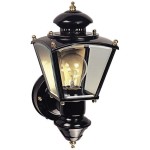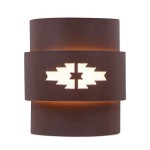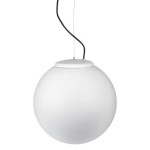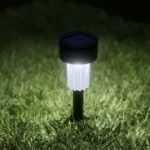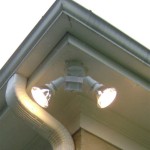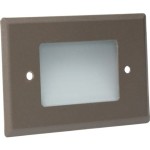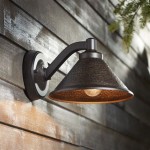Poles for Outdoor Lighting: Essential Considerations for Optimal Illumination
When designing an outdoor lighting system, the selection of poles is paramount to ensure efficient and effective illumination. Poles serve as both structural support and aesthetic elements, influencing the overall functionality and visual appeal of the outdoor space.
Essential factors to consider when choosing poles for outdoor lighting include:
1. Height and Placement
The height of the pole determines the area it can illuminate effectively. Taller poles offer a wider coverage, casting light over a larger area. However, they may require additional structural support and can be more costly. Placement should optimize light distribution and minimize glare, keeping in mind factors such as surrounding buildings, vegetation, and the desired illumination level.
2. Material and Durability
Poles are typically made from metals (e.g., steel, aluminum) or fiberglass. Steel poles are robust and durable, but prone to corrosion. Aluminum poles are lightweight and corrosion-resistant, but may be less sturdy. Fiberglass poles are non-conductive, impact-resistant, and can withstand harsh weather conditions.
3. Wind Loading and Resistance
Poles must withstand wind forces that vary depending on the location and height. Proper wind rating ensures stability and prevents structural failure. The pole's shape, material, and base design contribute to its wind resistance.
4. Base Type and Installation
The base type determines how the pole is secured in the ground. Direct burial bases are embedded directly into the soil, while flange bases are bolted onto a concrete foundation. The base should provide sufficient stability and prevent the pole from being uprooted or damaged by environmental factors.
5. Aesthetics and Design
Poles not only provide illumination but also contribute to the visual appeal of the outdoor space. The pole's finish, color, and design should complement the surrounding architecture and landscaping. Decorative poles can enhance the aesthetics and create a unique ambiance.
6. Compliance with Standards
Poles should meet industry standards and building codes for electrical safety and structural integrity. Compliance ensures the safety and reliability of the lighting system.
7. Maintenance and Serviceability
Regular maintenance is essential to ensure that poles remain in good condition and perform optimally. Poles should be accessible for cleaning, repairs, and upgrades. Easy access to the electrical components and luminaires simplifies maintenance and reduces the cost of ownership.
Conclusion
Choosing the right poles for outdoor lighting requires careful consideration of factors such as height, material, wind resistance, base type, aesthetics, compliance, and maintenance. By following these guidelines, you can ensure that your outdoor lighting system provides optimal illumination, enhances the visual appeal of your space, and stands the test of time.

Poles For Outdoor Lights Today S Creative Life

Diy Outdoor Light Poles City Farmhouse By Jennifer O Brien

3m Outdoor Lighting Pole

Excello Global S Two 10 Ft String Light Poles Black Egp Hd 0359 The Home Depot

Diy Outdoor String Light Pole Stand Thistlewood Farm

The Best String Light Poles Tested Reviewed For 2024 Jessica Welling Interiors

Antra 50w Lighting Pole For Outdoor Ip Rating 65

Poles For Outdoor Lights Today S Creative Life

Pin On Pretty Patios

Aluminium Garden Outdoor Light Pole
Related Posts
